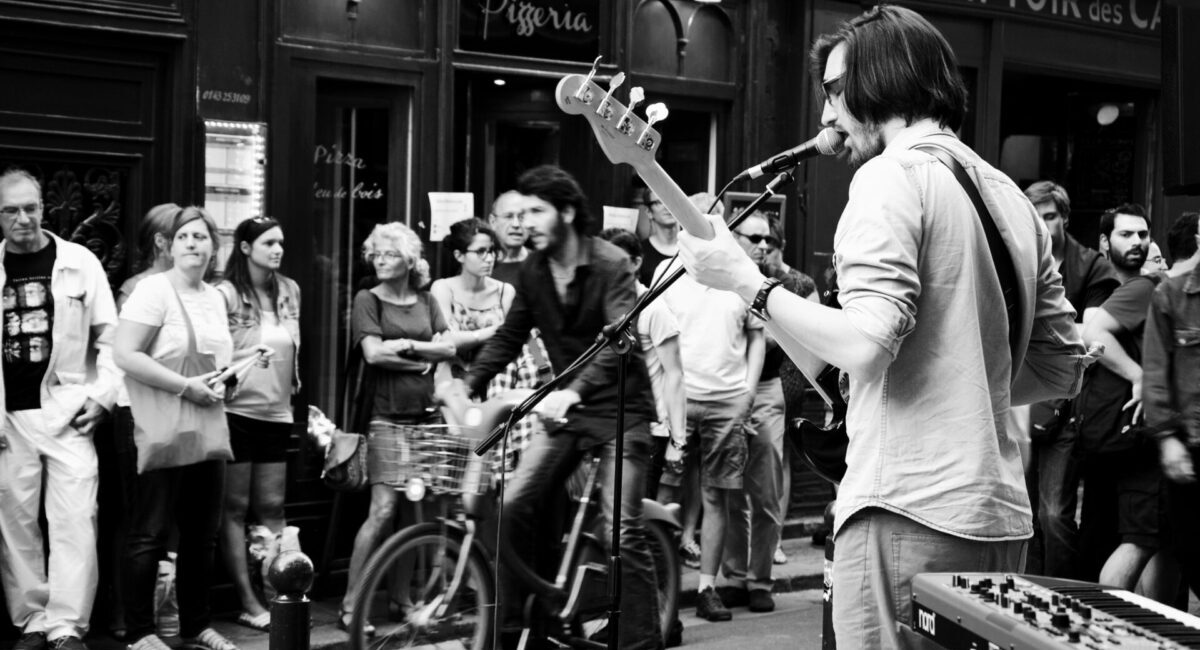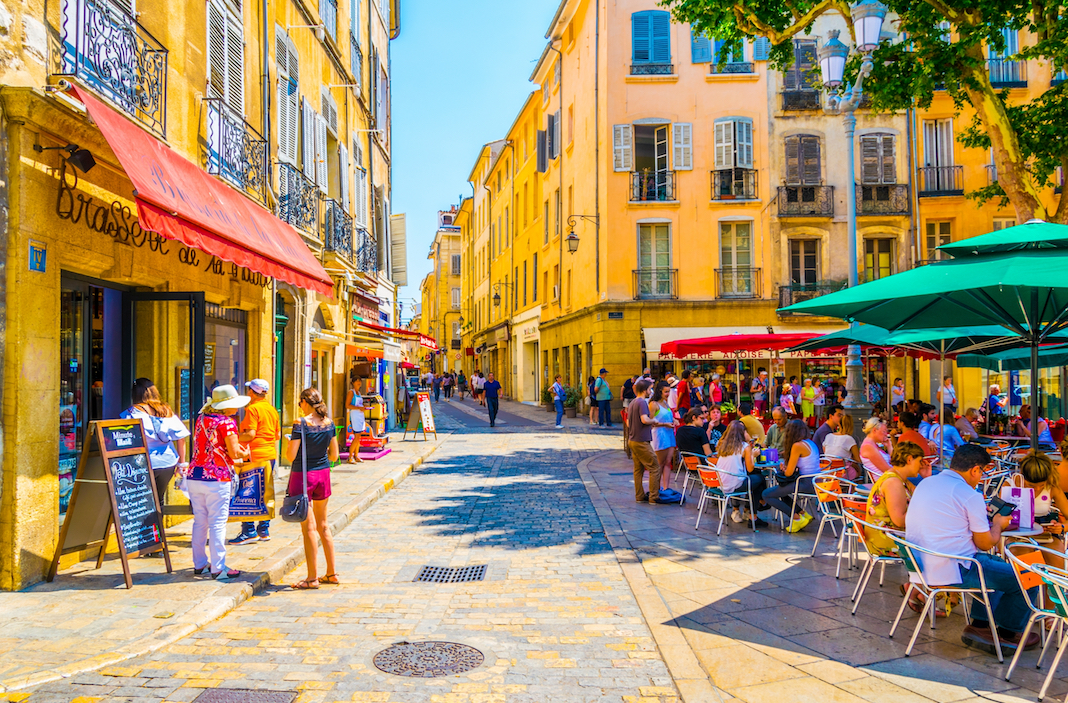
A newsletter sponsored/presented by :
Noovo Plus: Get Your Dream Van Today

By the time you read this, I’ll be fresh off a bus to Aigues-Mortes, a walled medieval city in the Camargue, just west of Marseille. I’ve spent the last few days down on the Côte d’Azur, first in Menton, where I spent the weekend tasting every possible bit of citrus I could get my hands on.
You might remember that, the other week, I wrote about Menton’s famous lemons. Well, I finally got to try them. Though they aren’t in season at the moment, it was explained to me that citrus plants are “four season” trees, meaning that at any point in time, you can find a bud, a small fruit, an unripe fruit, and a ripe fruit, all on the same tree. In other words, citrus are “generous plants,” which can fruit year-round in the right environment. And while apples, olives, and oranges will rot on the tree if not picked, lemons will remain perfectly edible for ages, until they eventually dry on the branch. So even months outside the winter citrus season, there are Amalfi lemons, finger limes, cédrats, mandarines, and bergamots dangling from trees in the cliffs overhanging Menton.
I visited the Domaine Gannac, which was instrumental in reviving the Citron de Menton at the beginning of the 20th century, and in forming the Association pour la Promotion du Citron de Menton. Their organizing efforts led to the lemon’s IGP (PGI) designation in 2015. This was all necessary because, though these lemons were being cultivated in Menton as early as the 15th century, one exceedingly cold winter in the 1950s killed off nearly all of the fruit trees in the Côte d’Azur. Since tourism had become a bigger business than agriculture in the town, it took decades for locals to revisit their specialty fruit.
The Domaine Gannac is built into the side of a cliff, and it’s a steep way down if you’re looking to explore the entirety of their property. Our tour guide, Vanessa, walked us through the nursery (pépinière), where she showed us how to properly care for citrus trees, insisting that you could grow them anywhere, even in London, if you gave them enough sun. (I wouldn’t believe her, except for the fact that my stepdad is currently growing a makrut lime tree inside my parents’ house in South Philly.) She ran her hands up the grafting scars where trees had been planted within other trees, creating thick ridges in the trunks of the larger ones. Some trees had fruits of one color on one branch, and another color on the next. She pulled leaves from different trees and crushed them in her hands, asking us to smell and identify them. Mandarine, the grandfather of all citrus; bergamot, the base of so many perfumes and teas; makrut lime leaves, used to give many Thai and South Asian dishes their unique flavor…
After the tour, we had a tasting of jams and drinks made from the citrus on the farm. The jams were lined up in order, from sweetest to most bitter. Our guide also handed us slices of citrus, including the IGP Citron de Menton. As it’s not in season, we ate mostly pith, which is normally the bitter white part of the fruit discarded after the lemon has been zested and juiced. Though still bitter, it was sweet enough to eat, and even for them to make a special ice cream-like spread out of. (The product itself is called “L’Onctueux,” which means “smooth” or “creamy.” I brought some home, and will keep you posted on how I end up using it.) There was citronnade (lemonade), wine-based fruit apéritifs, and largely rum-based citrus spirits. Of course, being within spitting distance of Italy (the street signs will point you the way, it’s so close), there was limoncello made with Citron de Menton. But there was also Yuzu-cello, which you should absolutely purchase if you ever happen to come across it. I bought a jam made from bergamot and cédrat, a thick-skinned citrus native to Corsica, along with many other goodies. (I love cédrat, but it is hard to come across in the U.S. You can, however, find it as the primary botanical in the delicious French apéritif, Cap Corse Blanc.)
In case you were wondering, the Citron de Menton is really marvelous. In every form, it is sweeter and more floral than any grocery store lemon I’ve ever come across. But in general, the citrus I ate in Menton was all more fragrant and flavorful than its cousins elsewhere, because it grows at the very northern point where planting tropical citrus trees is possible. The winter cold is what makes it so sweet and lush, as the citrus trees produce more sugar to try and insulate themselves from the cold.
What I didn’t expect was that, amidst my lemon-mania, I would develop a sudden infatuation with kumquats. At the Jardin d’agrumes du Palais Carnolès, a dedicated public citrus garden in Menton, the kumquat trees appeared to be far more active than the citronniers (lemon trees), bigaradiers (sour orange trees), and other plants around them. Amidst some (frankly, rather terrifying) statues, the gray asphalt paths were littered with orange splotches of fallen kumquats. I bought a bag at the local Menton market, and ate them whole as I walked along the shore. The bag was gone before I could blink. Probably for the best, as I’ve got enough jars and bottles of citrus-related products in my bag already to make me worry about the checked bag scale at the airport. Wish me luck.
Ciao,
Catherine Rickman
Stay in touch! I’d love to hear from you: [email protected].
Nouvelles
Business Directories

Are you interested in promoting your business to Francophiles in the U.S.? Please contact us.






